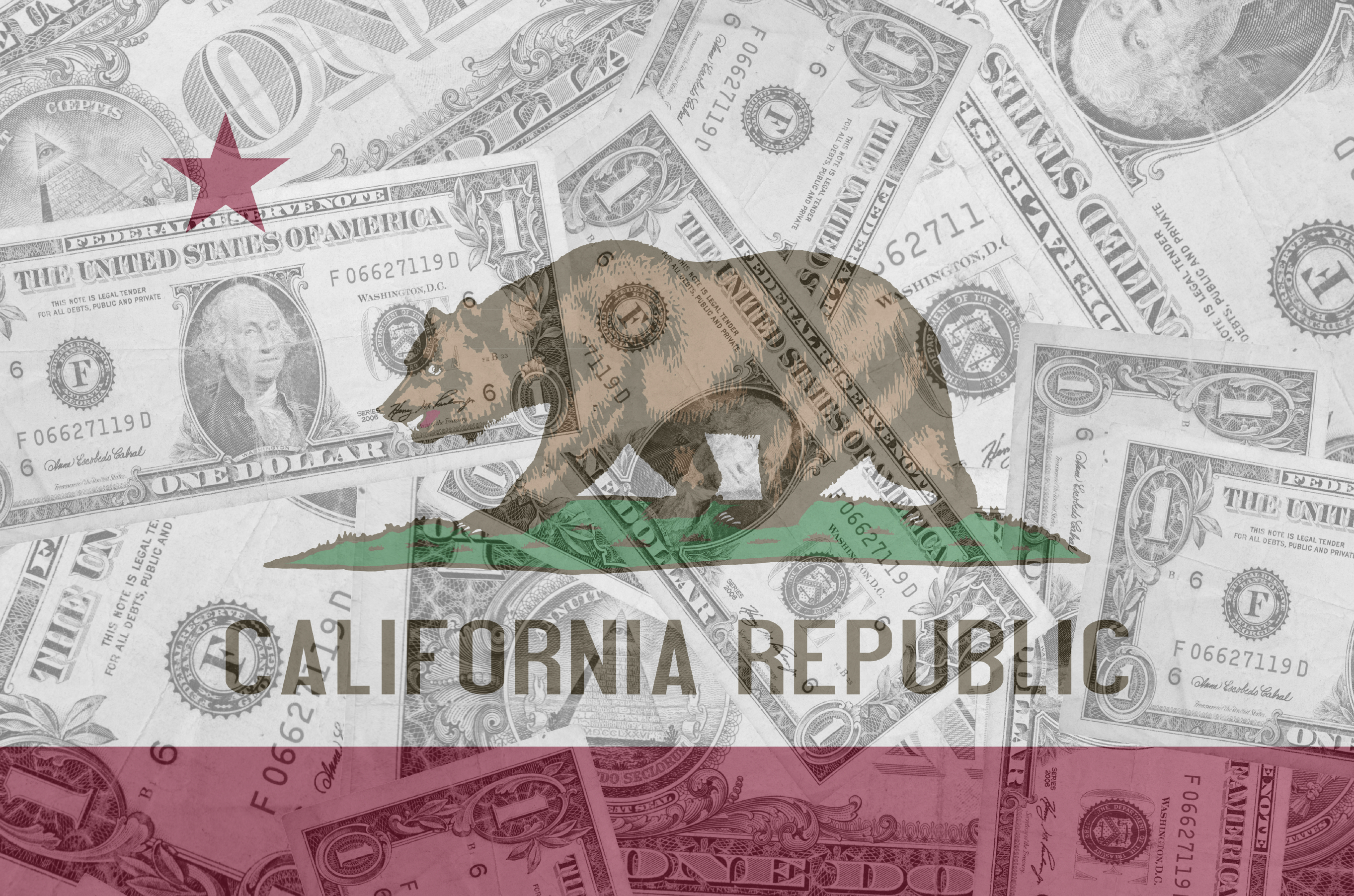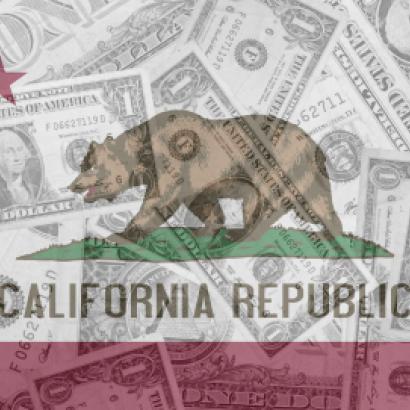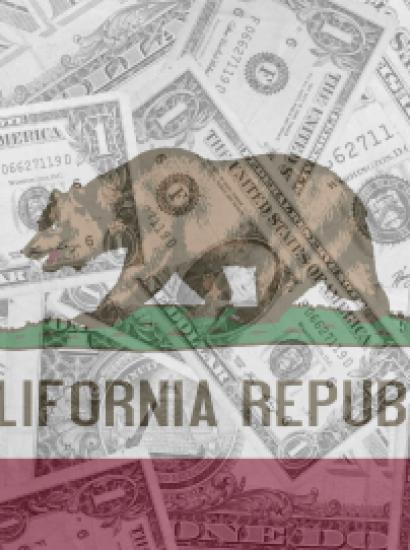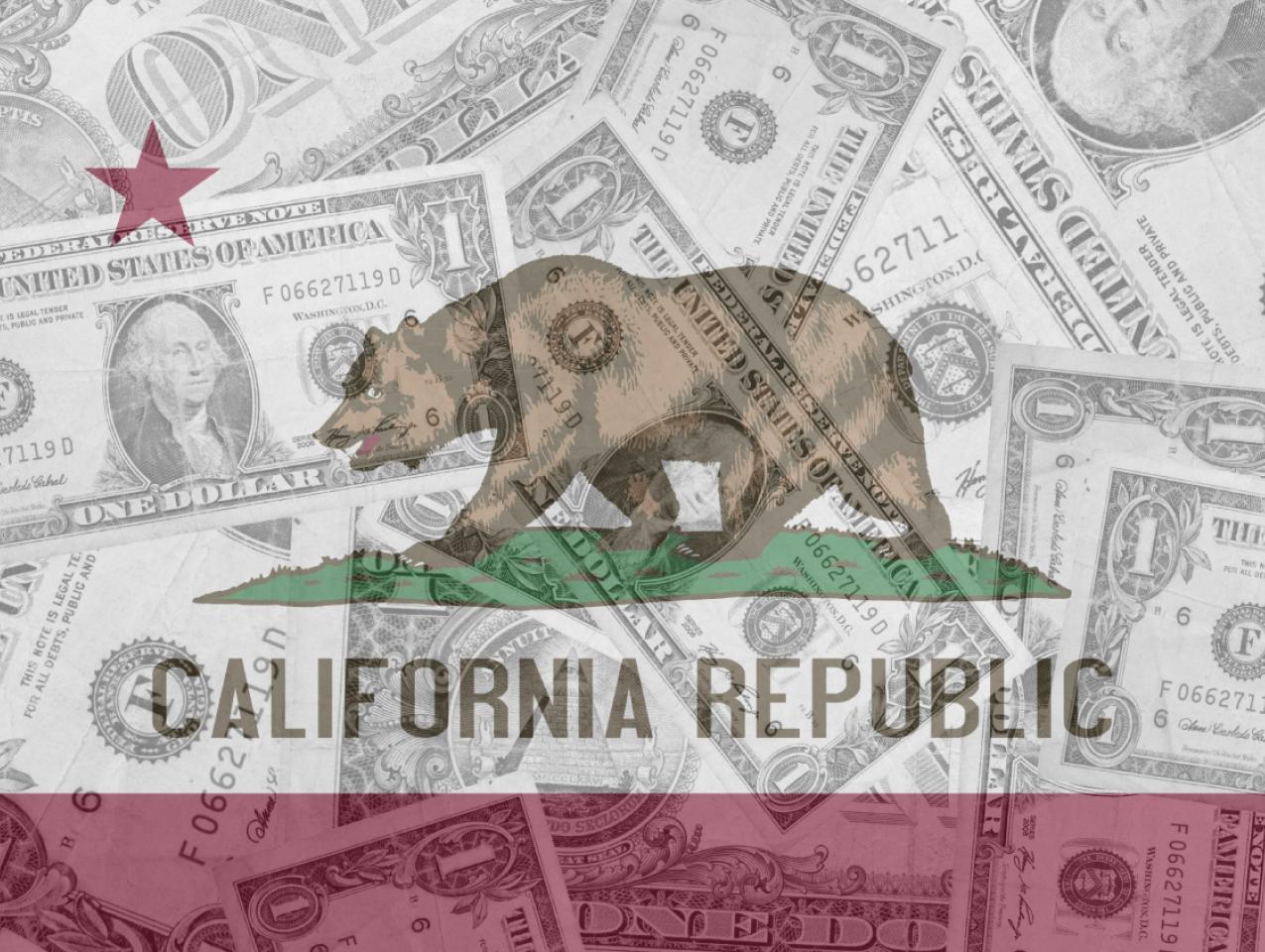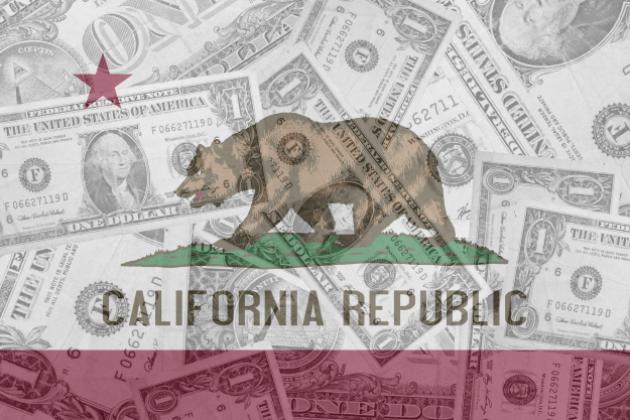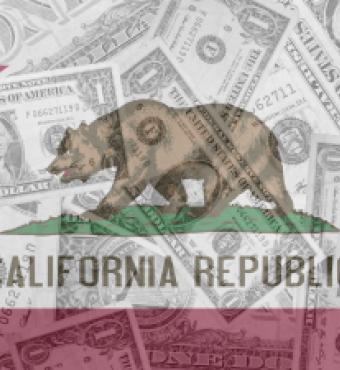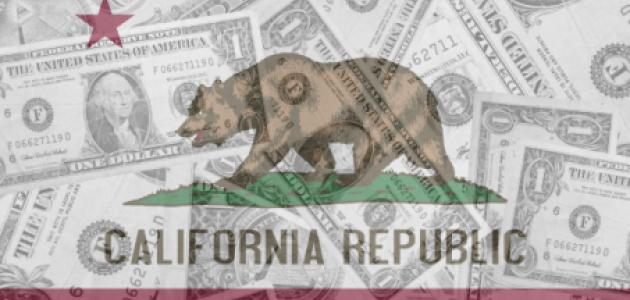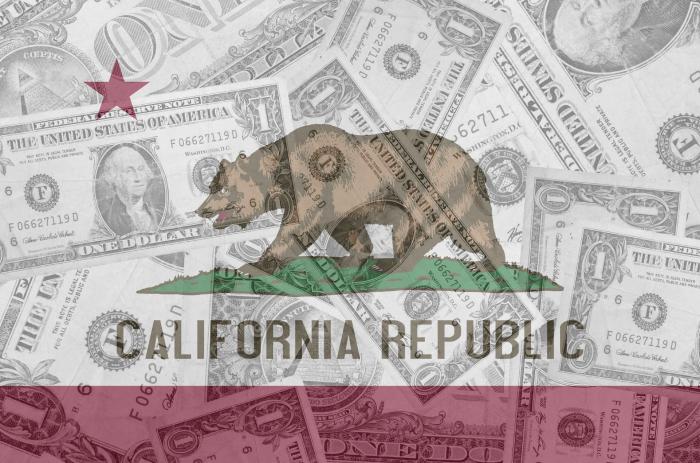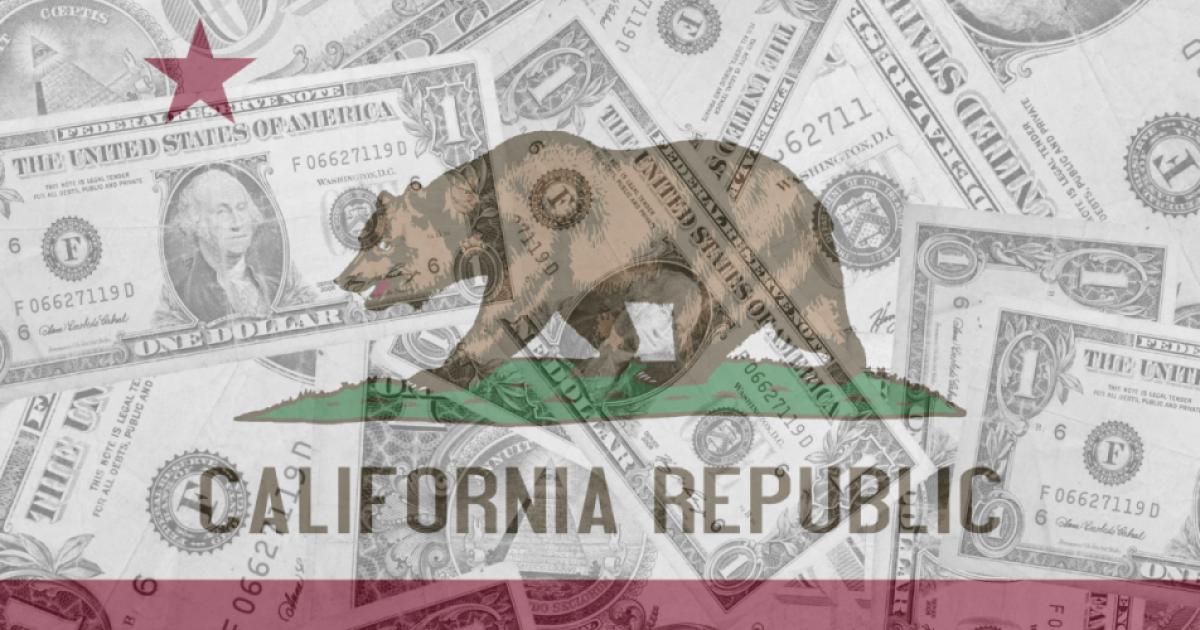- Economics
- Politics, Institutions, and Public Opinion
- State & Local
- California
Gavin Newsom was riding high last fall, with 64 percent job approval. Fast forward a few months later and Newsom is now scrambling to salvage his first term, with just 48 percent approval, as a grassroots effort to recall his governorship is on track for qualifying for November’s state ballot, with nearly 1.5 million signatures.
What happened? Plenty, and Californians may be on the verge of finally holding politicians accountable for their failure to govern. Newsom began his governorship with ambitious plans: Solve California’s housing shortage and reduce homelessness, promising the 21st-century equivalent of a Marshall Plan to expand housing supply. Reduce medical costs. Improve schools. The list went on.
But even before the pandemic, neither Newsom nor the state legislature had moved the needle on any of these issues. Without strong and sensible leadership, California’s problems deteriorated further. Housing costs rose further as new housing construction barely budged, remaining a whopping 85 percent below Newsom’s goal. California’s median home price is now $717,000, and the median priced condominium is $520,000.
Medical costs rose further, reflecting a poorly performing state Medicaid system (the medical care used by low-income households) that now enrolls nearly 13 million Californians. If our Medicaid enrollees were a state, it would be the fifth largest in the country. A recent audit of the system showed that many problems remain, including integrity issues, long after being identified in a previous audit.
So what has been accomplished? A new law that forbids many Californians from working as independent contractors. A ban on single-use shampoos, the kind you find in hotels. New rent controls that will reduce rental housing supply, making it even more difficult and costly for young families to find and afford housing. Ironically, it was socialist economist Assar Lindbeck who remarked that rent control is the most effective way to destroy a city, next to wartime bombing.
There have been also plenty of executive orders, including one that prohibits the sale of new gasoline-powered vehicles starting in 2035, in a state that is responsible for less than one percent of global carbon emissions. It seems the governor is long on dreaming far into the future and short on understanding, much less addressing, Californians’ priorities.
Since the pandemic hit about a year ago, it is no surprise that California has struggled more than other states. Only Hawaii and Nevada, both of which rely enormously on travel and tourism for economic growth, have higher unemployment rates. As more Californians struggled in a state that couldn’t figure out what to do, Newsom needed to deliver strong leadership and a clear plan to right the ship. But instead, he moved 180 degrees from achieving those goals.
Instead of abiding by his own social-distancing rules, Newsom attended a dinner last fall at one of the state’s most elite restaurants in which he was in close contact with others, and without masks. In defending the dinner, a spokesman stated the dinner was outside, but photos taken at the event show that the Newsom table was indoors, next to a sliding glass door that was ultimately closed.
Following this misstep, which has created enormous political blowback for Newsom, a tsunami of bad news and policy mistakes have overwhelmed him. There is the state’s horrendous mismanagement of unemployment benefits, in which more than a million claims have remained unpaid for months, while the total of fraudulent claims paid has risen from $2 billion to $10 billion, and now to $31 billion. The problem? Sixty-year-old software that has been patched so often that it no longer is reliable and has become easy to hack, plus a failure by the department to heed warnings about lax security. Has this been solved? Who knows?
Another problematic issue has been managing public health. California is among the worst states in distribution of COVID vaccines, reflecting a lack of coordination between Sacramento and California’s counties, sort of a “left hand doesn’t know what the right hand is doing” situation. State performance has been so bad that vaccination has been turned over to Blue Shield and Kaiser Permanente. Sadly, the most important public health responsibility in decades couldn’t be managed by state and local governments.
Newsom has also struggled in returning more children to school. This should be among our most important priorities, as the CDC director has stated that schools may reopen safely, even without vaccinating teachers, provided safety measures are followed. Meanwhile, children are suffering enormously. Nationwide, mental health–related visits to emergency rooms have increased by about 30 percent, and math test scores have decreased by about 10 percent.
Thus far, Newsom hasn’t been able to convince California’s largest teachers’ union, one of his most powerful political allies, to return teachers to their classrooms, despite a $2 billion plan that would provide additional funding of about $600 per student for protective gear to school districts that cooperate. But the California Teachers Association is demanding that all teachers be vaccinated first, which will almost certainly mean that schools won’t reopen this year. The two sides remain stalled in negotiating an agreement.
As California’s unemployment remains among the highest in the country, the state received more bad news when tech giants Tesla, Oracle, and Hewlett-Packard announced they were moving to Texas. Tesla’s Elon Musk went as far as to thumb his nose at California, likening it to a once-great basketball team that no longer is competitive. And while these departures have been a long time coming, they happened on Newsom’s watch.
Finally, voters are becoming fed up, and Newsom’s approval numbers have plunged. An effort to recall Newsom has collected more than 1.4 million signatures. To qualify for November’s ballot, there must be nearly 1.45 million valid signatures by March 10. The recall momentum has increased so much within the last month that the Republican National Committee, which is typically loath to invest in California, has just given $250,000 toward the effort. It certainly hasn’t helped Newsom’s position to have his party liken the recall effort to “treason”, or to call those who have signed the petition “white supremacists.”
What Californians want—and need—is political leadership that provides a plan to safely reopen schools and the economy. And it is becoming clearer to more Californians that those whom they have elected are not up to this task.







